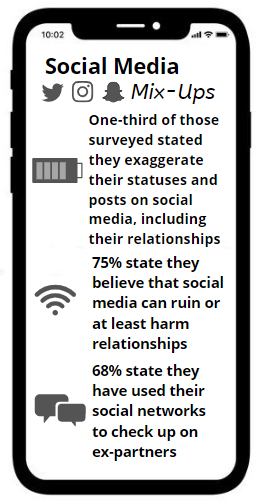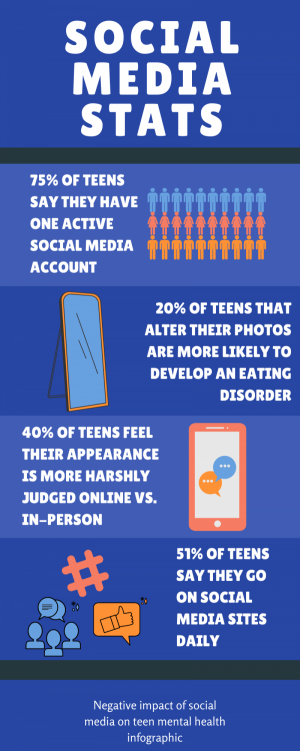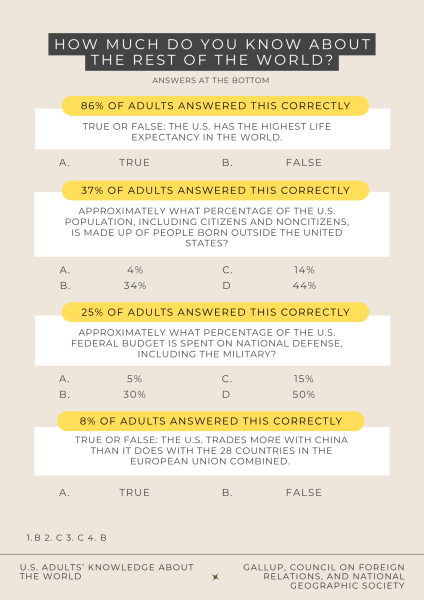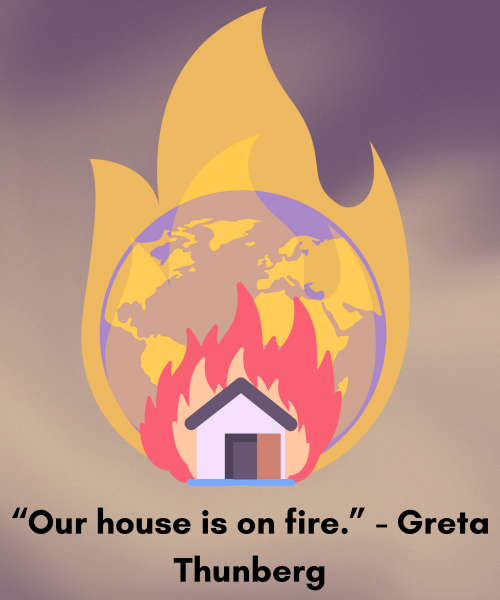Sustained scrolling: early internet overexposure harms kids
While laying out suggestions for proactive internet use, Fairfax County Public Schools (FCPS) encourages parents and kids to take into account the child’s health, developmental stage and personality. Further recommendations can be found on FCPS’ digital citizenship page.
From YouTube challenge videos to blogs dedicated to the best slime recipes, the internet is full of niches geared towards kids. According to the National Center for Education Statistics, 95% of 3 to 18-year-olds in America used the internet in 2019. As the age where children are first introduced to electronic devices lowers, the chance of engaging with dangerous entertainment and media gets higher. The lack of control and protective measures makes the internet too dangerous for early adolescents to browse freely.
While the freedom of expression afforded to American citizens is an important and deserved right, it can have both positive and negative effects. With internet use increasing, paired with the false safety of ‘anonymous forums,’ cyberbullying has become a growing issue. As reported by the Center for Disease Control, 33% of cyberbullying reports come from middle school, 30% from high schools, 20% from combined schools and 5% from primary schools. Discriminatory and hateful attacks such as racial cyberbullying rates have also become more prevalent, as reported by Sage Journals. According to a study by the NEAG School of Education at the University of Connecticut, the adverse effects of online racism are beginning to affect young people of color more than in-person harassment. Although there’s little indication that experiencing online racism decreases with age, a fully developed brain is more capable of regulating negative emotions, as reported by the National Center for Biotechnology Information (NCBI).
Another online danger, grooming, is one major concern for unsuspecting children who have yet to learn about internet safety. ChildSafety reports there are around 500,000 online predators searching for victims each day. Online grooming occurs when a predator utilizes electronic devices to influence a child’s conception of sex. Groomers often ask their victims questions and request the recipient to perform sexual acts.
Grooming behaviors are dangerous because the perpetrators often reward the victims based upon the size of their request; more extensive requests equal bigger rewards such as money, gifts or increased praise. According to Stanford University, the reward system is dangerous because the more an adolescent is rewarded for any type of behavior, the stronger the neuron circuit connection is, making the victim more likely to repeat the behavior. Although younger victims of online grooming aren’t necessarily sexually assaulted, the impacts of this virtual abuse can affect cognitive, academic, psychological and emotional functions in a negative manner.
This form of abuse may also affect the way a child perceives themselves or others, forever altering their self-image, as reported by NCBI. Grooming over the internet is also unique in that even after the abuse is over, pictures and videos of abuse can still resurface online.
While the influence of predators over the internet describes an external danger of the internet, lack of personal regulation leading to addiction is an internal drawback of early internet use. According to PubMed, internet addiction can be defined as extreme captivation, compulsions or behaviors related to internet access which can lead to distress. Any type of addiction is a difficult circumstance to live under and even harder to combat, especially for a developing mind. In males, internet addiction is positively correlated with depression, ADHD and possible hostility while it’s associated with ADHD and depression in females, as reported by NCBI,
Both parents and kids can take proactive steps to help promote a positive internet experience. Filtering and blocking content can limit access to words, images and specific websites that foster dangerous activity. Online time management can help individuals spend their time more productively, encouraging them to go outside and interact with others. Monitoring tools employ technology that alerts parents when their child accesses a specific inappropriate site. Although these steps are sometimes stigmatized as overly controlling or “helicopter parenting,” setting boundaries early is an easy and important step to keep young adolescents on the right side of the internet.
Fortunately, the internet still creates productive and helpful spaces to spend time on. According to Cerritos, the internet can promote positive impacts in kids’ lives. The internet provides programs and applications that can present positive impacts on adolescents’ lives. Websites like My Study Life and Forest can help students with organization while NPR recommends safe social networks for kids such as ScuttlePad and TogetherVille. Additionally, the increase in adolescent internet use has helped provide avenues for kids to explore new ideas quickly and efficiently through a simple internet search. While these factors are all true, they consistently exist in controlled environments where internet usage is regulated.
Both adolescents and parents should act cautiously when taking advantage of the vast expanses of the internet. Although search engines like Google are working more vigorously to combat the dangers of the internet, such as child sex abuse, the vast majority of quality control still ends up landing in the hands of the consumer. As the internet becomes even more prolific within society, a conversation about protecting kids from the dangers of the virtual world needs to take place.
Your donation will support the student journalists of Chantilly High School. Your contribution will allow us to cover our printing and annual website hosting costs.
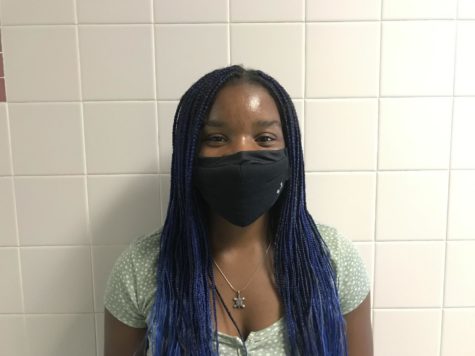
Jada McGlothin is a junior in her second year of the Purple Tide. She enjoys playing field hockey and soccer with her friends and doing yoga with her mom....



